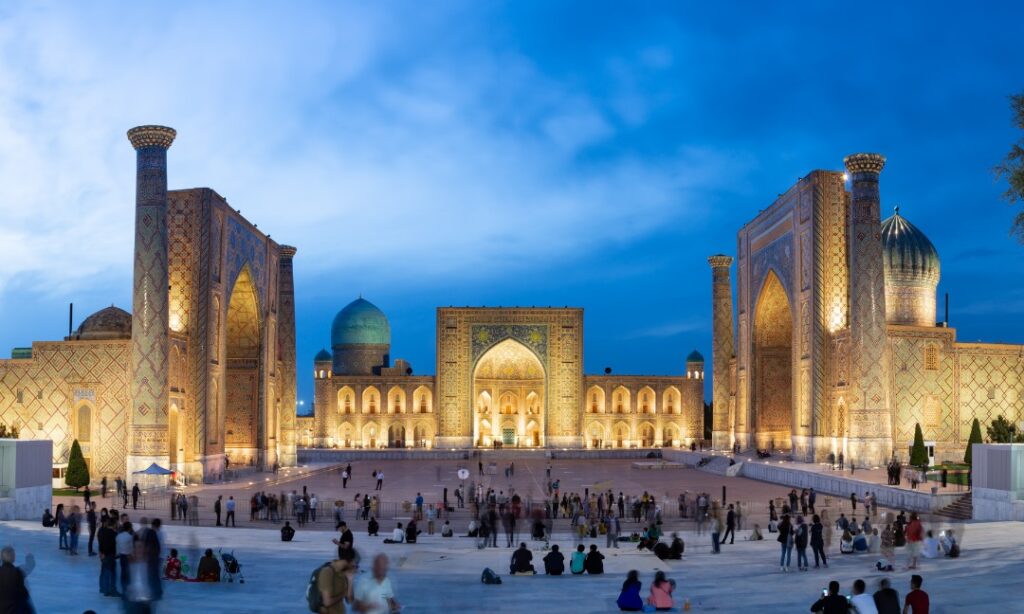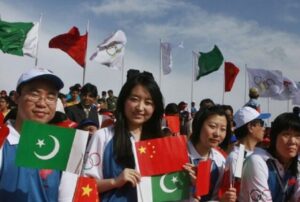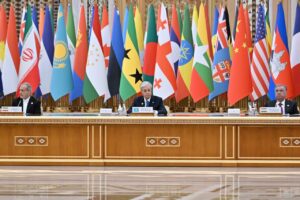Initiatives of President Shavkat Mirziyoyev

Initiatives of President Shavkat Mirziyoyev: Drivers of EU–Uzbekistan Cooperation from First Handshakes to Strategic Alliance
Over the past 30 years, Uzbekistan’s relationship with the European Union has evolved significantly—from formal diplomatic contacts to a multifaceted strategic partnership. This transformation gained particular momentum after 2016, when the reform agenda initiated by President Shavkat Mirziyoyev created fundamentally new conditions for collaboration with European partners.
The first official handshake between the EU and Uzbekistan dates back to April 15, 1992, with the signing of a Memorandum of Understanding. Key institutional milestones followed, including the opening of the Uzbek Embassy in Brussels in 1995 and the establishment of the EU Delegation in Tashkent in 2011.
But it is the past five years that have seen the most intense diplomatic activity. Between 2019 and 2024, both Donald Tusk and Charles Michel, presidents of the European Council, visited Uzbekistan. The EU’s High Representative for Foreign Affairs made five visits. In 2024, the appointment of Toivo Klaar as EU Ambassador to Tashkent underscored the country’s growing importance in Brussels’ foreign policy calculus.
This deepening relationship rests on a growing legal framework—15 bilateral agreements that span areas from textile trade to atomic energy. The Partnership and Cooperation Agreement of 1999 laid the groundwork, followed by sectoral agreements in energy and trade.
Most notably, the Enhanced Partnership and Cooperation Agreement (EPCA), initialed in 2022, is expected to bring the relationship to a qualitatively new level. Once signed and ratified, the EPCA will align Uzbekistan more closely with European standards, opening new paths for institutional and economic integration.
The Four Pillars of Modern Partnership
President Mirziyoyev’s reform strategy has enabled Uzbekistan to build a dynamic model of cooperation with the EU based on four key pillars:
1. Economic Modernization
Currency liberalization, tax reform, and progress toward WTO accession have improved the investment climate. Foreign direct investment has increased fivefold in just eight years, with European companies gaining confidence in Uzbekistan’s evolving market.
2. Green Transformation
Uzbekistan is taking bold steps toward sustainability. The government plans to build 25 GW of renewable energy capacity and has launched initiatives such as the “Green Samarkand” program and a regional climate hub—projects that dovetail with the EU’s own green transition goals.
3. Digital Development
The creation of IT parks in Tashkent and Samarkand, along with nationwide goals to train one million programmers and adopt blockchain technologies, shows Uzbekistan’s readiness for a digital partnership with the EU—especially in sectors like fintech, e-governance, and cybersecurity.
4. Regional Connectivity
Infrastructure projects like the Trans-Afghan railway, the Termez–Kabul corridor, and the Samarkand logistics hub are transforming Uzbekistan into a regional transport and trade node. These efforts align with EU interests in establishing alternative routes to South and Central Asia.
Looking Ahead: The Samarkand Summit and Beyond
The upcoming EU–Central Asia Summit in Samarkand may serve as a launching pad for innovative initiatives. These include a proposed “Eurasian Green Bridge” to facilitate renewable energy exports, a European Investment Guarantee Mechanism, and joint cultural heritage projects.
If realized, these proposals could increase trade turnover by up to 40% by 2030 and create tens of thousands of jobs in both regions.
What makes the EU–Uzbekistan partnership unique is its ability to merge European governance standards with Uzbek reform dynamics. As analysts have noted, this model represents a new generation of international cooperation—one that balances global integration with local adaptation.
In this context, President Mirziyoyev’s repeated assertion that “Uzbekistan is open for business” acquires a deeper meaning. It signals not just economic openness, but a commitment to equal partnership, mutual respect, and shared development.
As the world continues to shift toward multipolarity, the EU’s relationship with Uzbekistan may well become a blueprint for how Europe engages with the wider Central Asian region.

